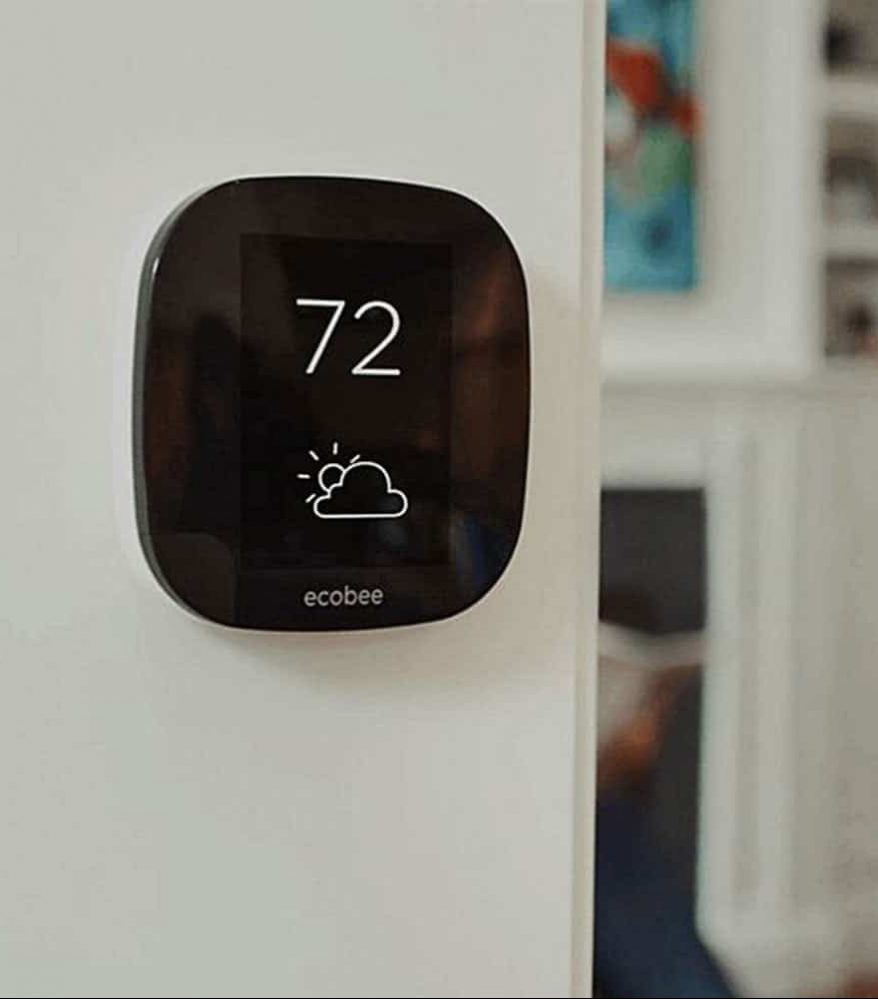Fall AC Maintenance and Repair Before the Season Changes
Summer is hard on air conditioners and heat pumps. The constant cycling causes wear and tear. It also leads to an accumulation of dust and other debris. While you may not need an AC tune-up until next spring, you shouldn’t ignore your AC until then. Let’s consider what you should check and whether you should schedule maintenance or a repair now rather than wait.
Inspect the Filter and Swap It Out as Needed
Inspect the HVAC filter. This is a good time to swap it out with a fresh filter. Many area homeowners have a central system that uses the same filter for cooling and heating. You may not need it again for a month or so, but it will be ready when you do. This is also a good time to evaluate the filter you’re using. Minimum efficiency reporting value (MERV) is a rating system for filter effectiveness. Many modern systems support a MERV 13 filter. If you’re using a more basic filter, you can improve your air quality this winter with an upgrade.
Check the Outdoor Unit and Clear It Out
The outdoor condenser unit is an integral aspect of your AC or heat pump system. It houses the condenser pump, coil, and fan, which facilitate transferring heat energy to the ambient air. The enclosure can build up leaves, branches, and other debris during summer. You should clear these out if present. You should also keep an eye on this buildup during the fall. Check the fan blades as well. If there’s any damage, schedule a repair now rather than later.
Test the Circuit Breaker and HVAC Disconnect Switch
While still outside, check the HVAC disconnect switch. It’s a handled switch that should be located somewhere near your condenser unit. Remove and reseat it. It should sit tightly and securely within its socket. Inside, turn off and on the circuit breaker for the AC. It should feel firm and you should hear a click in both directions.
Check for Signs of Moisture
Go to the area where your AC is. Look for any signs of moisture, including staining, near your AC equipment. Reach out to us if you see any. Also, look at the coils of your evaporator unit. They should be relatively clean. If there are blotches, you should schedule cleaning. It may be microbial growth that can worsen over the fall and winter.
Examine the Condensate Drainage System
You’ll find the drip pan, wet switch, and condensate drain line near the evaporator setup. If there is any moisture in it or significant residue, bring in a technician for an inspection. This is particularly important if your heating system uses this equipment too.
If you live in Santa Barbara, CA and want to schedule air conditioning services, call us at Crocker Refrigeration Heating & Air today, or book your appointment online.






